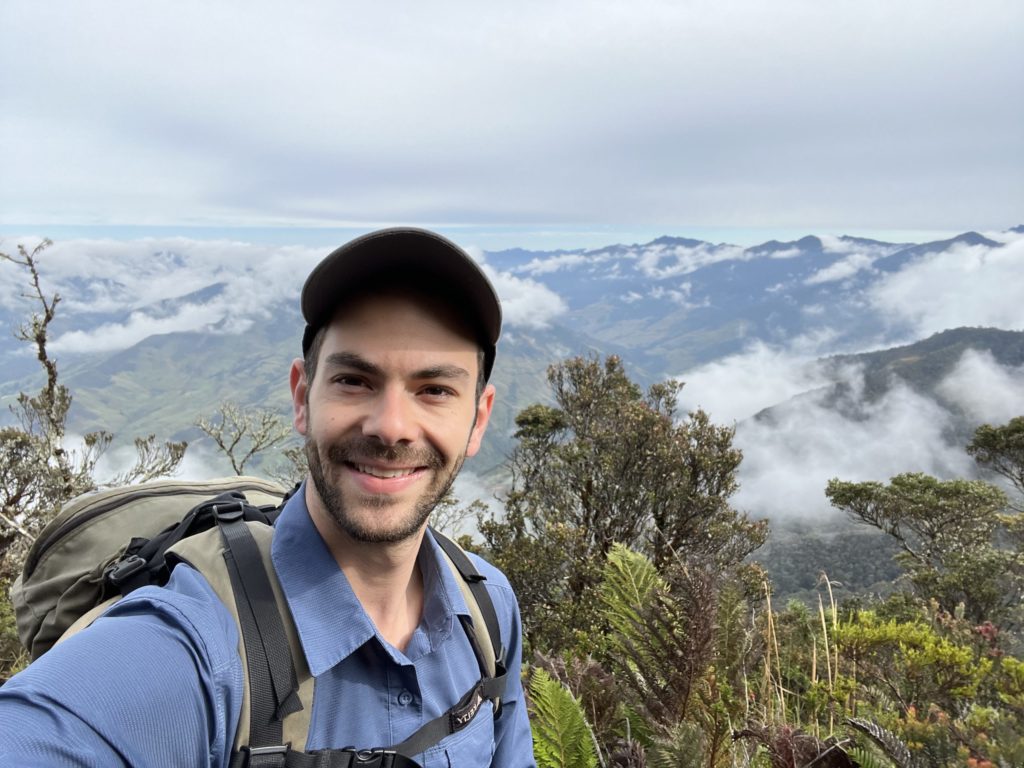Gabe Oppler, a Conservation Associate at the Center, is pursuing an M.S. in International Conservation and Development at the University of Montana’s W.A. Franke College of Forestry and Conservation. This semester, he travelled to Ecuador to complete his thesis research in the newly established Sangay-Podocarpus Connectivity Corridor (CCSP). Gabe’s research is partially sponsored by the Center and it contributes to the organization’s goals of advancing social science to better implement ecological corridors in complex landscapes. Below is Gabe’s first update from the field:
March 14, 2022 – This past weekend, I visited the newly established Parque Nacional Río Negro Sopladora, a national park that covers more than 30,000 hectares of undisturbed habitat in Ecuador, ranging from high peaks at 12,800 feet above sea level eastwards into the humid Amazon basin, at 2,600 ft. A highlight of hiking in this lesser-known park was seeing hours-fresh footprints of mountain tapir (Tapirus pinchaque) and a large cat (my guess is cougar, Puma concolor). It was nice to finally get my boots muddy after two weeks in the city, getting situated in the country I will call home for a month and a half.

I had spent my first week in the capital, Quito, exploring cultural sites, hiking in the surrounding mountains, and regaining my comfort speaking Spanish. I also reconnected with the host family that took me in six years ago as part of my college semester abroad. My interest in undertaking research in Ecuador stems in large part from that experience in 2016, a program in Comparative Ecology and Conservation hosted by the School for International Training (SIT). In fact, a highlight of my time in Quito was visiting the SIT program and giving a presentation on connectivity conservation to the current students! Afterwards, the students blew me away with their insightful questions, pressing me to weigh in on the thorniest issues in tropical conservation, such as the tension between protecting sensitive habitats and species while supporting the continuity of rural livelihoods centered on raising livestock.
“The Corridor is considered an essential dispersal area for threatened and iconic species such as the spectacled bear and jaguar, and also stewards water supplies that support hundreds of thousands of people.”
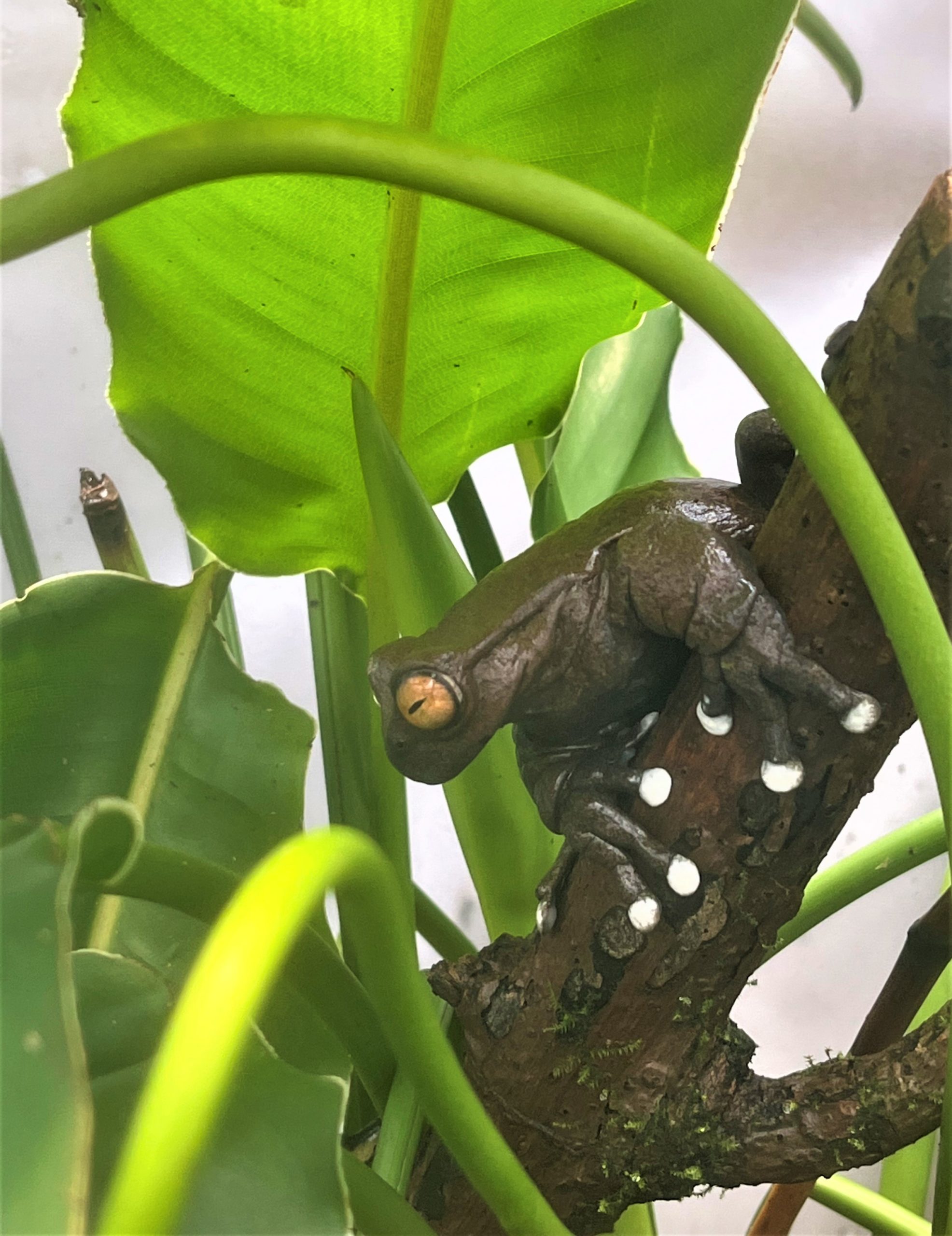
A 10-hour bus ride brought me south to the city of Cuenca, the gateway to the Sangay-Podocarpus Connectivity Corridor (CCSP) and home to the offices of this conservation initiative’s main partners. Here, I’ve begun my research in earnest. The goal of my thesis is to better understand the relative strengths and weaknesses of the CCSP Initiative, which is premised on voluntary, institutional collaboration among nonprofits, universities, and government.
The Corridor is considered an essential dispersal area for threatened and iconic species such as the spectacled bear (Tremarctos ornatus) and jaguar (Panthera onca), and also stewards water supplies that support hundreds of thousands of people. Back in Montana, I spent much of the last year interviewing via Zoom key Corridor stakeholders like scientists, public officials, and environmental advocates. Now, I have the opportunity to follow up in person, and most importantly, see the landscape for myself. Mixing interviews and field observations complements public documents to form my in-depth case study.
Just after arriving in Cuenca, I observed a planning meeting between Corridor proponents and a local municipality located within the Corridor; the goal was to advance efforts to establish a “Priority Conservation and Sustainable Use Area” administered by the municipal government. In this rural area, ranching and farming run up against fragile páramo (treeless, high-altitude ecosystems unique to South America) and cloud forest ecosystems. The clearest point of mutual concern is the long-term availability of clean, plentiful water – a resource best stewarded in intact, well-connected ecosystems.
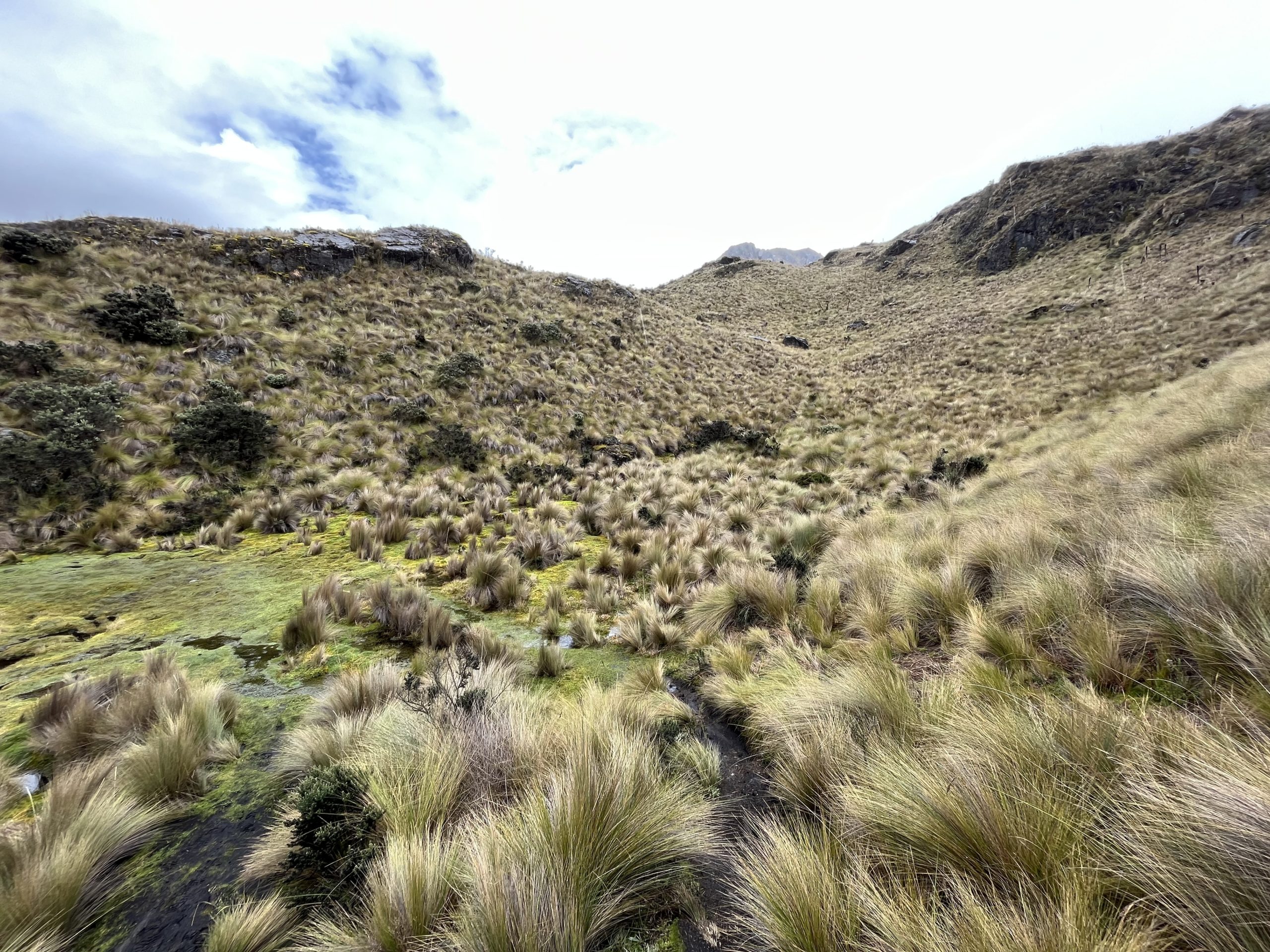
A few days later, I visited a local Amphibian Conservation Center, where herpetologists receive individuals of critically endangered frog species such as Atelopus spp. from areas throughout the Corridor and breed offspring. In many cases, this form of ex situ conservation is the only way of protecting these endemic species (found here and nowhere else), many of which arrive from mining operations around the Corridor. Next, I spent an afternoon interviewing staff at Ecuador’s Ministry of Environment, a critical institutional partner in the Corridor.
With this background, I embarked upon my recent backcountry trip in Parque Nacional Río Negro Sopladora, at the far north end of the Corridor and, continuing south, I visited another new protected area with a unique governance arrangement. Area Protegida Comunitaria Marcos Pérez de Castilla forms a core area of the corridor, and there I spoke with leaders of this community near Oña, Azuay Province. I learned how efforts to align communal land tenure with nature preservation resulted in a partnership with the Ministry of Environment and the designation of ‘Community Protected Area.’ Taken as a whole, each of these protected areas anchor the connectivity corridor and contribute to a more intact large landscape.
Moving forward, I’m excited to learn how the buffer zones and matrix (i.e., non-protected lands) in the corridor contribute as well. In this enormous area with immense biodiversity and cultural significance, it takes sustained effort to bring together individuals, institutions, and communities to accomplish effective connectivity conservation.
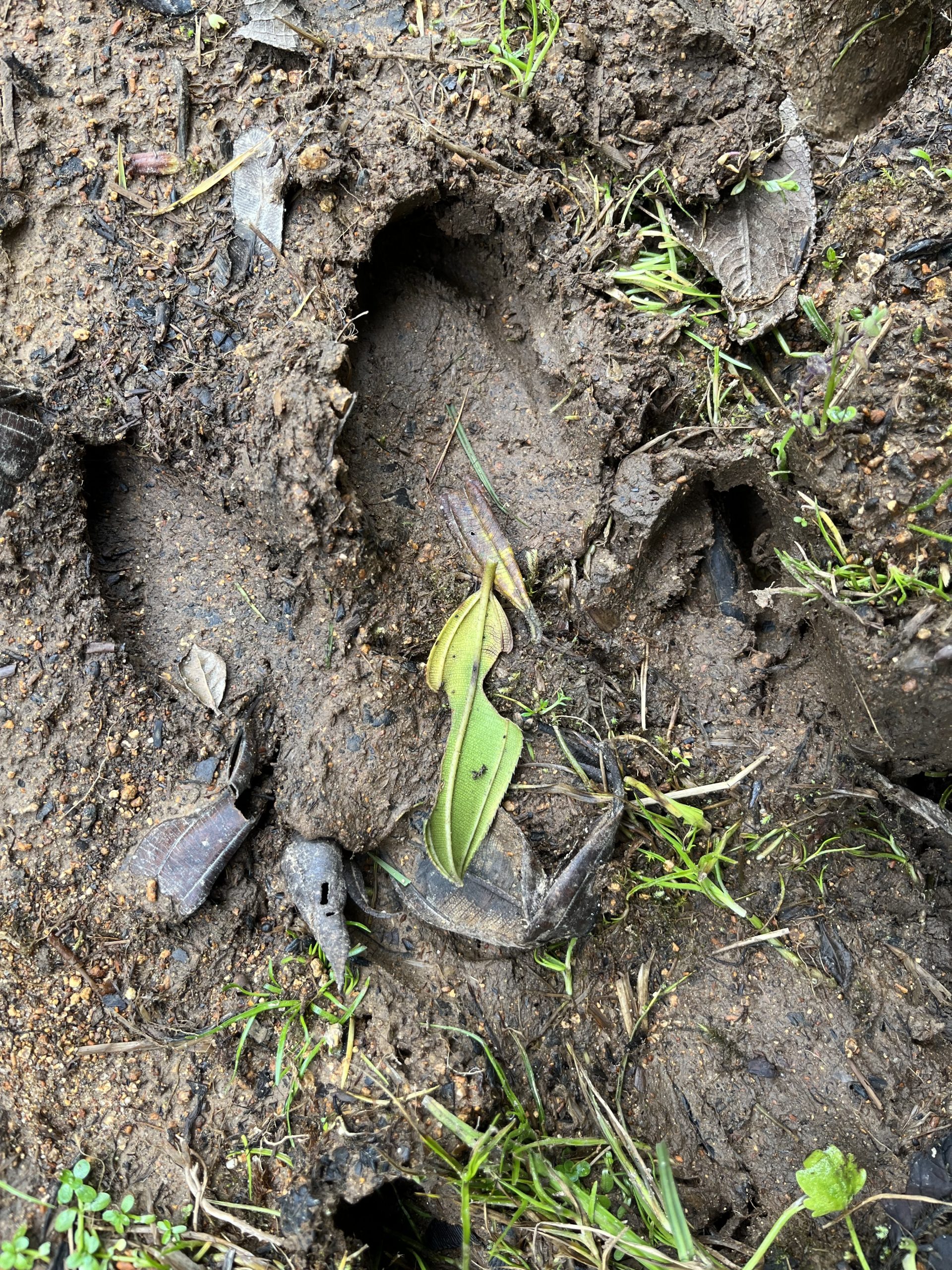
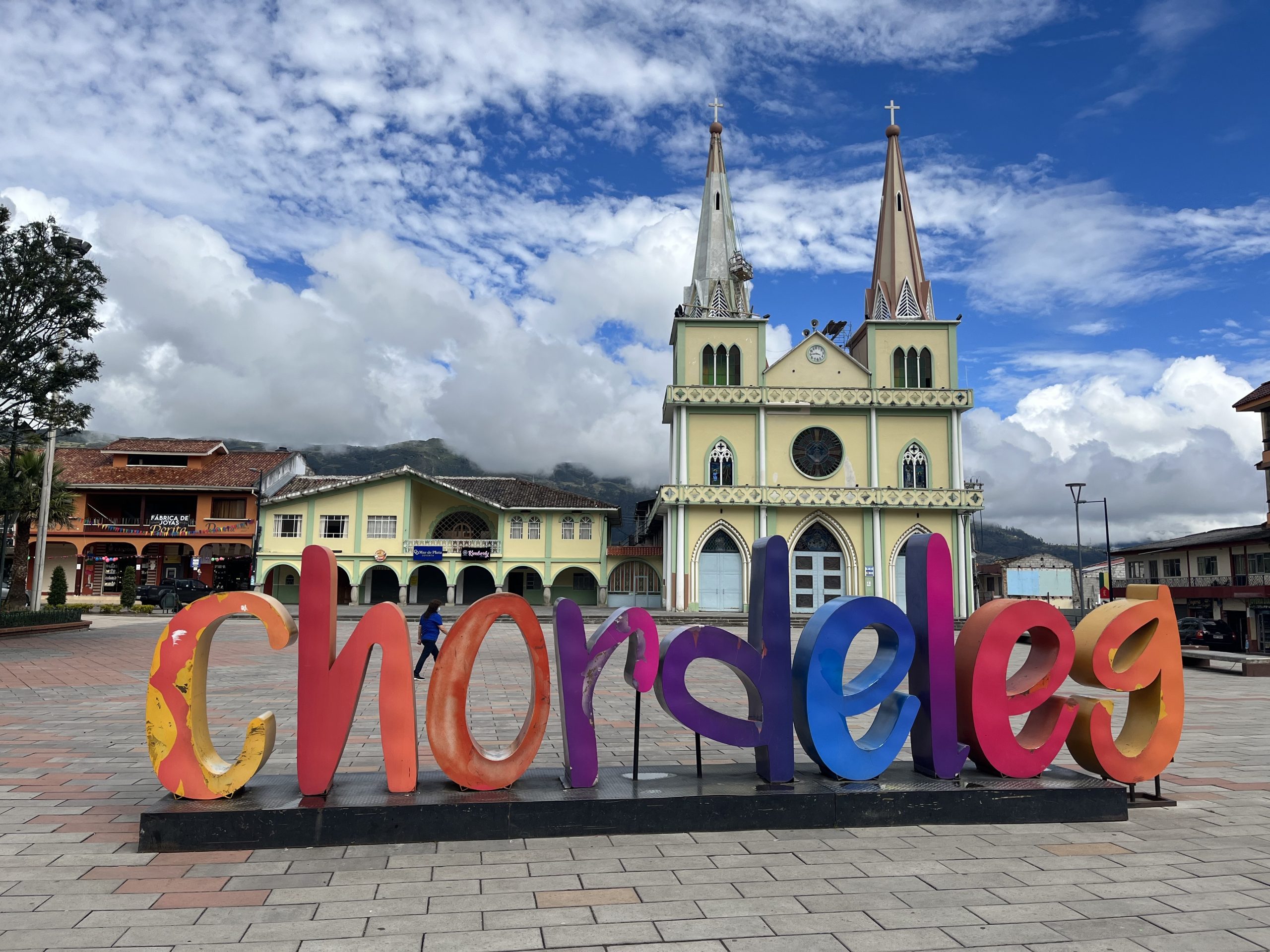
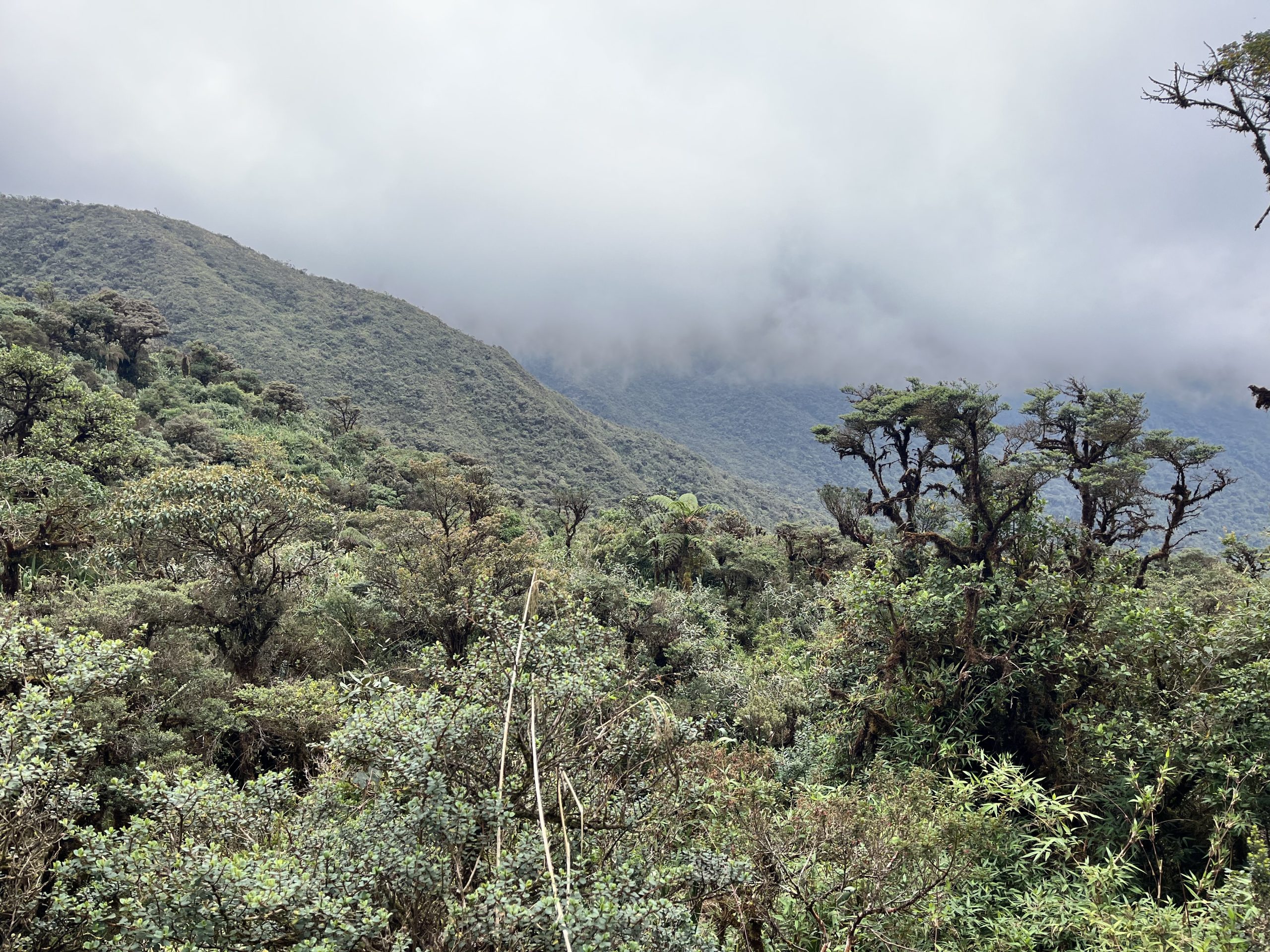
All photos by Gabe Oppler
